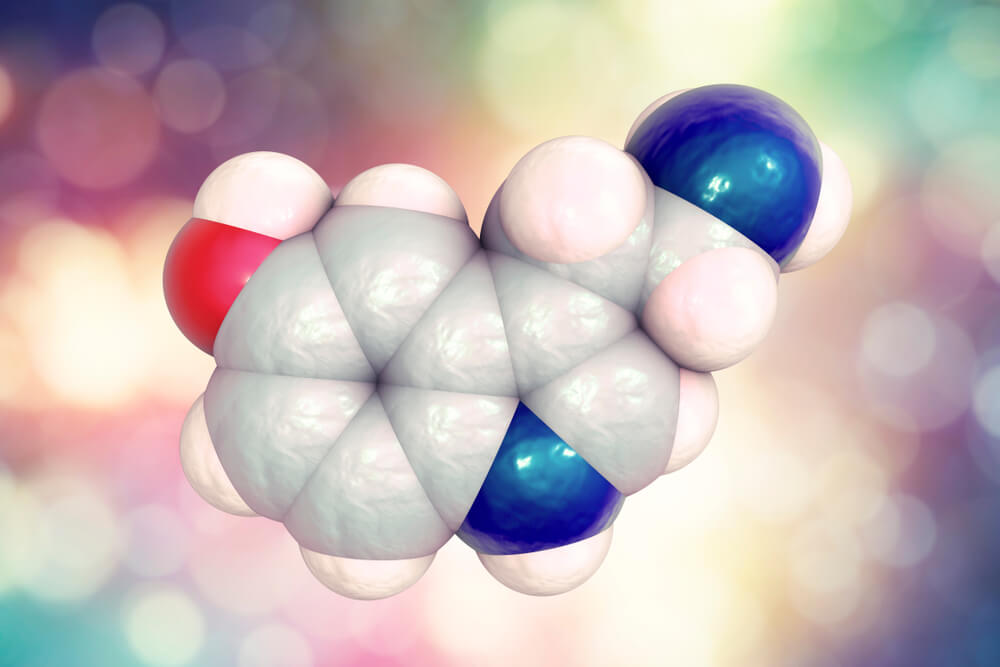Neurotransmitters are essential for our well-being. Thanks to them, our brain communicates with other parts of our body. Monoamines are included in the neurysiological classification of neurotransmitters.
The main feature of monoamines is that they are distributed throughout the central nervous system and also throughout the peripheral nervous system, basically they are neurotransmitters that have various neuromodulation functions.
- Monoamines receive and release synaptic material.
- Containing information about each of the complex activities we perform.
- And which despite their microscopic size can regulate functions such as attention.
- Emotional states and visceral functions.
The regulation of the neurotransmitters in the monoamine group is disrupted in a variety of psychiatric disorders and, in fact, many psychopharmaceuticals (affecting behavior or mood) have an impact on one or more stages of their synthesis, storage or degradation.
In this sense, some antidepressants act as monoamine oxidase inhibitors (MAOI), an enzyme needed for monoamine catabolism.
Monoamines are produced by several brain neural systems. Therefore, monoaminergic neurons serve to modulate the function of various regions of the brain, increasing or decreasing the activity of certain areas of the brain.
Monoamines are divided into two subclasses: catecholamines and indoleamines, in turn in catecholamines are found three neurotransmitters: norepinephrine, dopamine and adrenaline, in the category of indoleamines only Serotonin is found.
All catecholamines are derived from tyrosine metabolism. The two main enzymes involved in catecholamine catabolism are monoamine oxidase (MAO), found in nerve endings, and catechin O-methyltransferase (COMT), found in all tissues. These two enzymes are the target of many enzymes, psychotropic treatments.
Dopamine is a neurotransmitter synthesized by certain nerve cells from tyrosine, an amino acid (a component of proteins in the diet) that affects muscle movement, tissue growth and immune system functioning.
The brain’s dopamine networks are closely associated with scanning, tracking, seeking pleasure and active avoidance of punitive behaviors.
Low dopamine activity is present in melancholy depressions, characterized by decreased motor activity and initiative.
On the other hand, pleasurable products and activities, such as heroin, cocaine and sex, activate certain dopamine systems, so dopamine-boosting drugs, such as L-Dopa and amphetamines, also increase aggression, sexual activity and initiative. .
Adrenaline (A)
Adrenaline, also known as epinephrine, is a versatile substance that our body uses to regulate different processes.
It is a hormone because it travels through the blood to reach different regions of the body and perform its task in the most remote corners of the body, however, it is also a neurotransmitter, which means that it acts as an intermediary in the communication between neurons.
Adrenaline is the hormone and neurotransmitter in situations where we must be alert and active, that is, adrenaline prepares us organically to react quickly, its release increases, especially when we detect a threat.
The main noradrenergic neurons are located in the locus coeruleus and in the nucleus of the brainstem, which protrudes diffusely in the mesencephalus and telecephalus; these neurons play an important role in sleep modulation.
In rats, the destruction of locus coeruleus, which houses norepinephrine neurons, leads to the complete disappearance of fear.
In humans, the reduction of norepinephrine affects the acquisition of new knowledge and associations; However, caffeine, which increases norepinephrine in the brain, improves the ability to perform repetitive, tedious and non-repeated tasks.
Administration of tyrosine in depressed patients increases the secretion of norepinephrine, this treatment improves the hedonic component of depression.
In conclusion, norepinephrine seems to create a breeding ground for awakening, learning, sociability, sensitivity to emotional signals and sexual desire.
On the other hand, when norepinephrine synthesis or release is discontinued, withdrawal, detachment, lack of motivation, depression and decreased libido may occur.
Indoleamines are neurotransmitters that are part of the indole group, in this group serotonin and melatonin are found.
The destruction of brain regions with high density of Serotonin neurons leads to a disinhibition of reflexive control of behavior: the animal yields to impulses, regardless of the consequences of its actions.
When applying electric shocks to a mouse trying to get food, it stops trying at most after 12 attempts, however, with low Serotonin levels, it persists even after 200 discharges.
Rats and mice usually live together transparently in a cage; However, if their Serotonin levels are abnormally low, the mice kill the mice. Serotonin depletion also causes disinhibition of sexual activity.
In humans, abnormally low Serotonin levels are generally associated with impulsive, aggressive or even very violent behaviors, as is the case with violent forms of suicide.
Dr. Markus Kruesi’s team (University of Illinois, Chicago) found that low Serotonin levels in a troubled child were the best predictor of criminal or suicidal behaviors in the future.
Melatonin is a hormone present in the body that affects sleep. The production and release of melatonin in the brain is related to the time of day: they increase with darkness and decrease when there is light. Melatonin production decreases with age.
Melatonin is also available as a supplement; usually in the form of capsules that can be taken orally. Most melatonin supplements are made in the lab. Melatonin is often used to treat sleep disorders, such as insomnia and jet lag.

